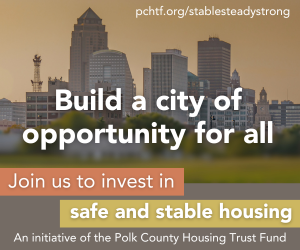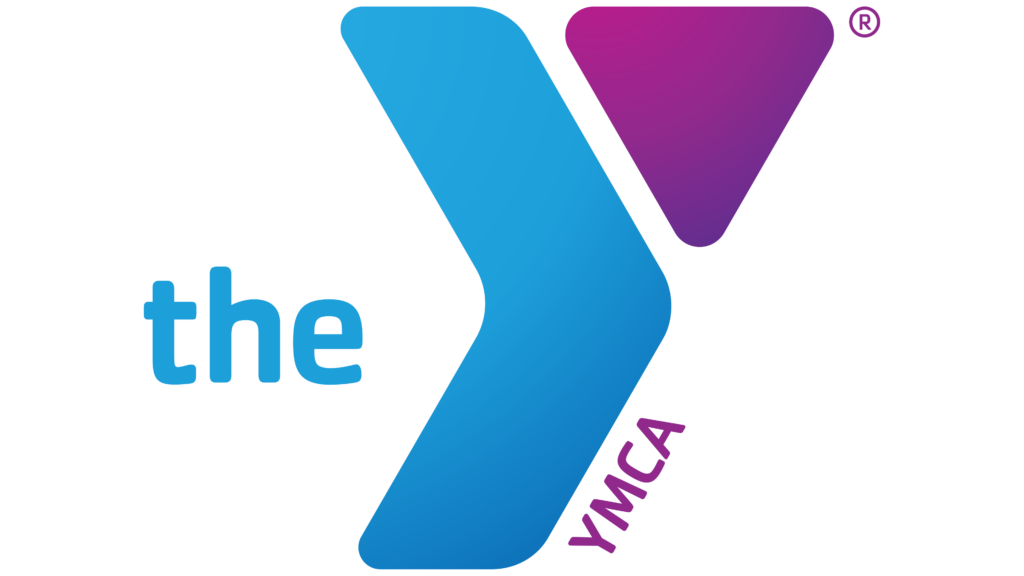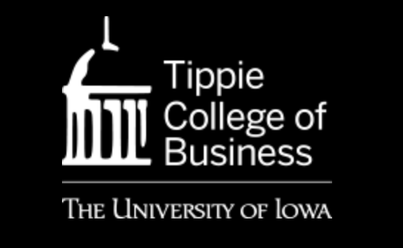Economic Forecast Preview: What’s ahead in 2024?
Panelists preview key areas to watch

Chris Conetzkey Jan 19, 2024 | 6:00 am
5 min read time
1,184 wordsAll Latest News, Business Record Insider, Economic DevelopmentWith continuing inflationary pressure, a new high interest rate environment and persisting labor challenges continuing to affect businesses and investors, who knows how the economy might fare in 2024?
These are some of the topics we’ll tackle at the Business Record’s annual Economic Forecast Luncheon on Jan. 24. To prepare for the event, we’ve asked our panelists to answer a question in preparation to give a taste of their projections for the year.
— Chris Conetzkey, group publisher, Business Publications Corp.
QUESTION: What is the most important thing businesses should know about the economy in 2024?
Joshua L. Rosenbloom , Professor and department chair, department of economics, Iowa State University
Economic performance in 2023 has been stronger than many economists anticipated at the beginning of the year: inflation has moderated, while unemployment remains low, and real [gross domestic product] growth has been respectable. While a so-called “soft landing” seems increasingly plausible, the [Federal Reserve’s] tighter monetary policy in 2023 may yet tip the economy into a recession early in 2024. In any event, most forecasters are calling for GDP growth to slow early in the year, and possibly turn negative.
The situation for the Iowa economy parallels that of the national economy. The agricultural sector had a strong year in 2023. And it seems likely that many trends will return to normal, resulting in slower growth in 2024 than in 2023.
While the situation appears promising, there are a number of unpredictable risks that could cause negative shocks. Supply chain issues, political gridlock in Washington that prevents passage of a federal budget and international tensions are all potential disruptors that could cause negative shocks to the economy. Overall, then the outlook is cautiously optimistic.
Debi Durham, Executive director, Iowa Economic Development Authority and Iowa Finance Authority
Iowa has what it takes to dream big, succeed and drive economic growth.
We are a top state to start a business or a family. We’re a national leader for opportunity, low cost of living and fiscal responsibility. Iowa is moving from one of the least competitive states for taxes to one of the most competitive.
We have helped manufacturers stay competitive globally amid a technology revolution. We are making the state more attractive to businesses by offering up more shovel-ready sites. We lead the nation for energy generated from renewable resources. We have nurtured a thriving ecosystem for small businesses and startups.
We’re also taking on Iowa’s workforce shortage to help employers find solutions, grow our own pipeline and attract talent into the state. Our communities are playing to their strengths to create unique places where people want to visit and live.
And we’ve set the stage for growth with historic investments in our state’s infrastructure, including child care, housing and broadband. Our homeownership rates are among the highest in the nation, and Iowa is considered a model for addressing the childcare shortage. Even as we shrink the gaps, we’re getting more targeted in our approach. For example, we’re using new housing data to pinpoint the types of homes Iowa needs and where we need them most.
In Iowa, we understand the value of connection and relationships. I look forward to building on our partnerships in support of the economy, businesses and communities, and the dreams of all who have made Iowa their home.
Tom Cavanagh, Vice president, BCC Advisers
Confidence is back, but that doesn’t equal optimism or growth expectations. As an M&A advisor, I play in a world where as long as the rules are known, buyers and sellers can generally agree on valuations and structures to come to an agreement on a transaction.
At this time last year, there was a lot of uncertainty about the direction of the economy and how severe any downturn might be. The result was a substantial decrease in M&A volume, particularly in the first half of the year. Today, folks are seeing the light at the end of the tunnel when it comes to inflation, rising Fed rates, input shortages, transportation costs and employment disequilibrium.
There are certainly still challenges ahead, but the kneejerk responses of suppliers and customers have put strains on profitability, and I expect a less erratic environment will enable more efficient operations, including staffing and inventory levels, which will result in higher profitability in 2024 followed by optimism and growth in 2025.
We’re seeing the M&A market pick back up, starting in Q4 2023, and carrying into this year. That’s a positive sign and is indicative of the rising confidence level across the middle market in particular.
Robin Anderson, State chief economist, Iowa Department of Revenue
The most important thing businesses should know about the economy is that the path of interest rates may be the key to activity this year.
Inflation cooled significantly in 2023, possibly giving the Federal Reserve an opening to start cutting interest rates in 2024. The Federal Reserve may be able to engineer a soft landing for the U.S. economy if the labor market loosens and inflation continues to move down. Any boost in real wages will provide a tailwind for consumer spending.
However, there is still plenty of uncertainty. Higher interest rates may not yet be fully felt by the U.S. economy, especially if interest rates do not come down as investors have anticipated. Credit card delinquencies are picking up, and the savings rate remains well below its pre-pandemic levels, suggesting consumers may not have a buffer against any slowdown. There are also geopolitical risks such as any widening of the conflicts in the Middle East.
What does this mean for Iowa? If the Federal Reserve is able to bring interest rates down, this may benefit the housing and credit intermediation sectors, along with small businesses and farmers currently borrowing at high interest rates. But if there is a slowdown, and the past is any guide, Iowa’s labor market will not weaken as much as nationally. Even so, labor supply will likely remain a key challenge for the state.
Kent Kramer, Chief investment officer, Foster Group
Embrace uncertainty and pursue resilience.
Of course, we could say this about every year in terms of the economy and financial markets. But, in 2024 with so many national and global issues still unresolved (the list we know includes Ukraine-Russia, Israel-Middle East, U.S. elections, immigration, interest rates and inflation, China-Taiwan) plus the likelihood of something unpredictable occurring during the year, the wise investor or business leader must be thinking about investing with an eye toward resilience. Resilience includes having the capacity to simultaneously identify and stay committed to long-term opportunities while maintaining a substantive margin of safety for when those opportunities or the near-term environment turns against them.
The lesson (again) of broad 2023 market and economic forecasts is that the consensus often misses the mark to such a degree as to be of little practical help especially to investors. 2024 will likely test commitments to long-term investment strategies due to the one thing we can count on, “seasickness” inducing volatility. But, in the rearview mirror, opportunity usually turns out to have been highest during times of greatest uncertainty.










